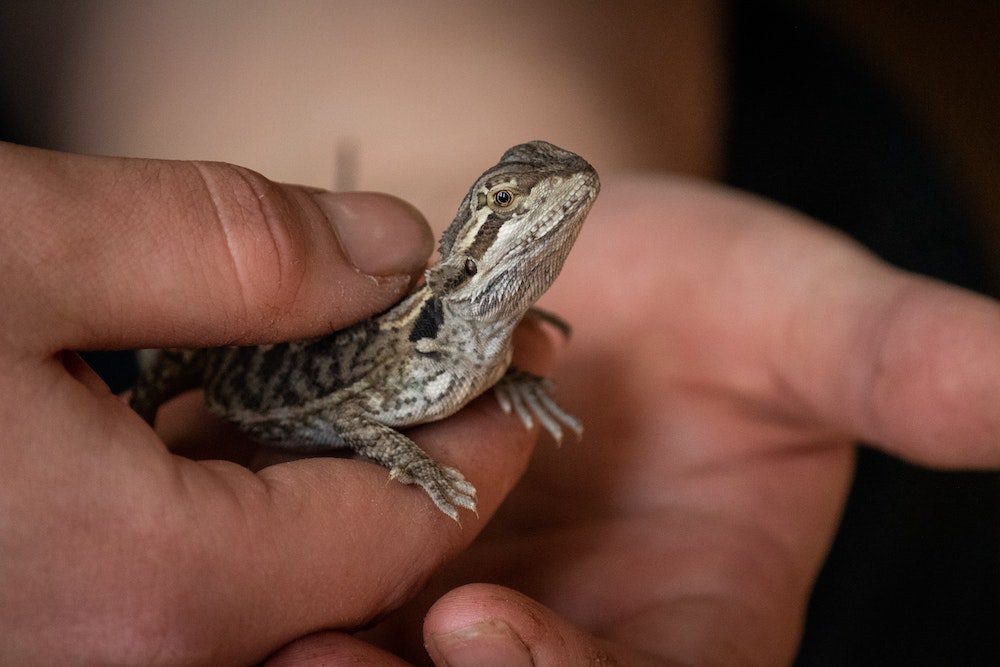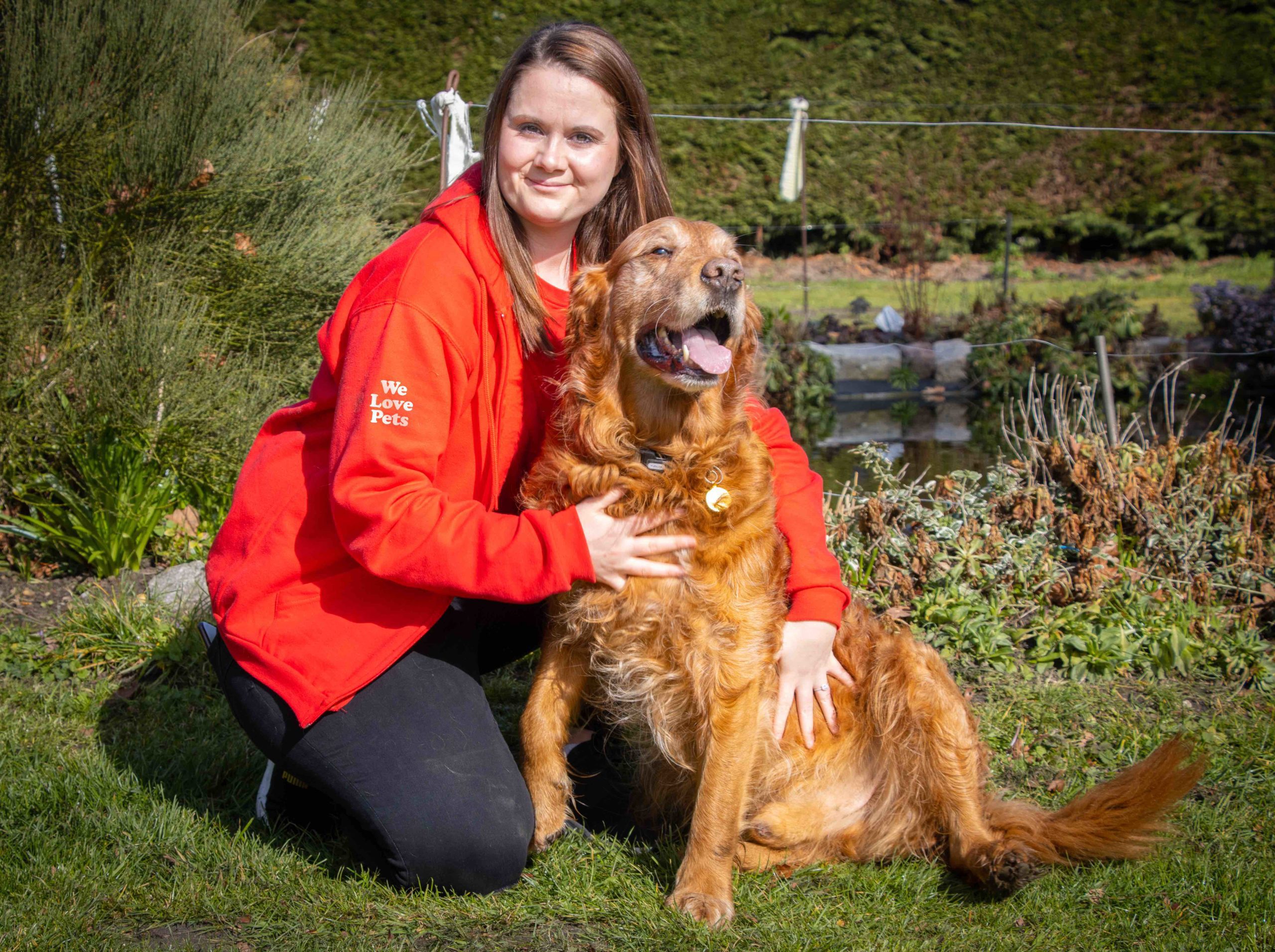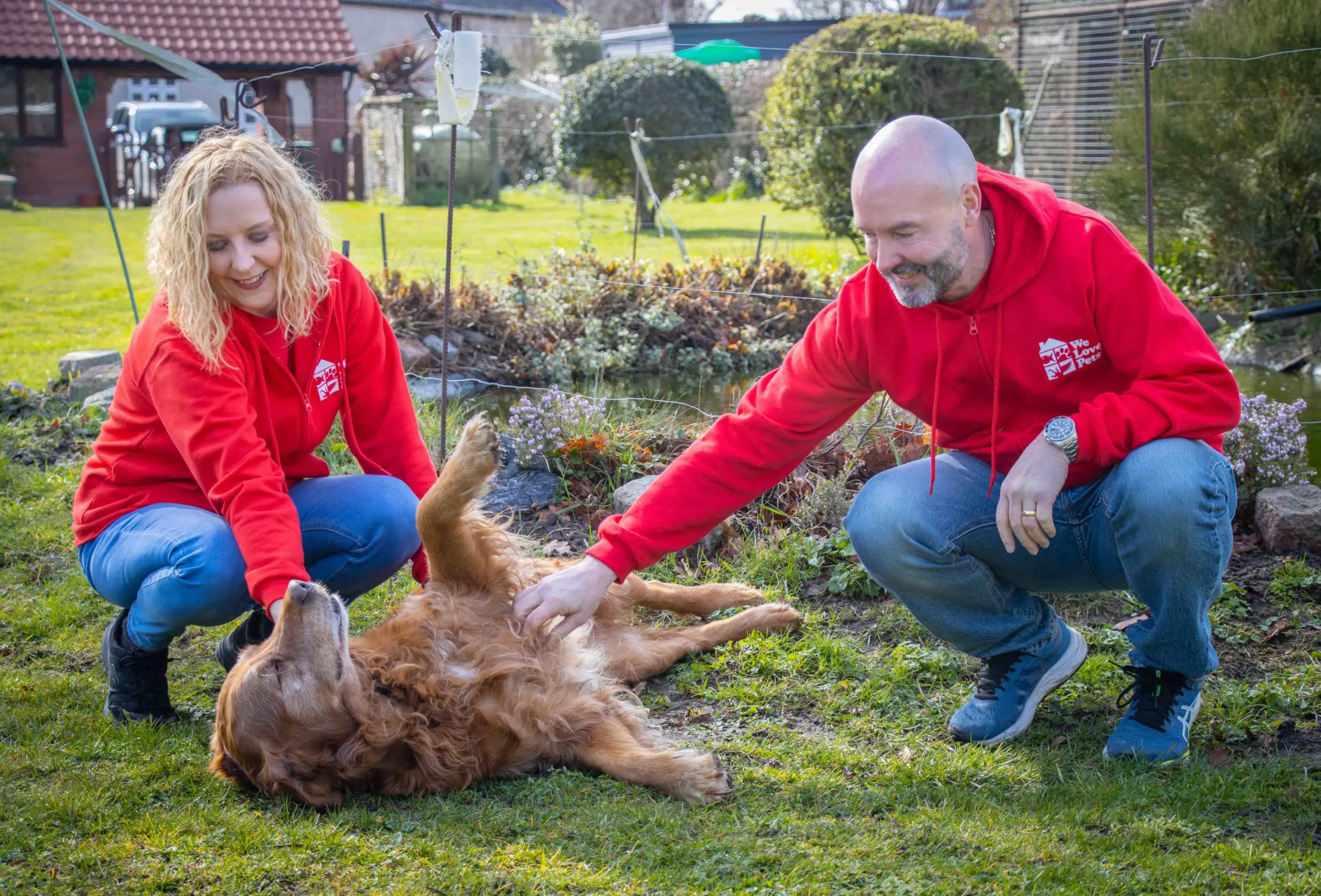So, you want to buy a reptile as a pet!
They make lovely pets, and there are so many types of reptiles that you’re sure to find one that suits you perfectly. But, there are lots of things to consider when looking into purchasing them, so here are five popular reptile pets and their pros and cons.
Leopard Geckos
A nocturnal ground-dwelling lizard, native to India and Pakistan, that eats crickets, mealworms and waxworms. Unlike many other lizards, they can’t climb vertically.
Pros
- They are easy to look after, since they are quite independent animals.
- They don’t take up much space, typically growing between 15-25cm.
- They live for quite a long time, around 10-20 years!
- They’re most active in afternoon/evening and through the night. So, they are awake while you are likely at home to interact with them.
- Very pretty! They come in lots of colours and patterns, or morphs, which makes them very nice to look at.
Cons
- May not appear very active throughout the day, unlike other non-nocturnal pets which are much more energetic during the day.
- Very specific habitat needs, with lighting and heating. They also need live feed, which can be tricky if you are not used to dealing with live insects.
- Unusual colour morphs can make them pretty pricey.
- Their tails can drop off and they don’t grow back, though they will live fine lives without them, it might be something to consider.
- Not likely to seek out affection, though they sometimes enjoy being held.
- Most, if not all, reptiles carry Salmonella bacteria in their intestinal tract and may shed these bacteria in their faeces. This is always important to remember and you should always wash your hands after handling your reptile pets.
Bearded Dragons
A triangular headed, flatter bodied and spiny scaled reptile, native to Australia, that eats insects, flowers and vegetables. Read our blog Top 3 things Bearded Dragons need as pets.
Pros
- They are quite attention seeking, and are friendly and curious about you and others.
- Though they are nocturnal, they aren’t likely to scratch around or make noise all night, meaning you can still get good rest.
- Their size and temperament make routine care and handling easier. They are friendly lizards that don’t mind being handled or cared for.
- They have a nice long lifespan, so they will be around for a long time. Usually 8-15 years in captivity.
- Easy to clean up after, and they’re usually quite happy to be cleaned themselves.
Cons
- Bearded Dragons have very smelly poop, so you need to clean it up often. They can also get it on themselves, so they need to be bathed. They too carry salmonella, which means keeping them clean and washing your hands after handling is important.
- Their diets have very specific needs. They eat veggies, which need to be prepared well, and live insects which can be tricky to handle.
- High costs; vivariums, UV lights, heat lamps, rocks, hideaways, substrates. All this adds up, and maintenance of those things can cost. Not to mention the buying of food.
- Vets can be difficult to find, so it is worth looking into whether your local veterinary practices offer care for reptiles before purchasing.
- They take up a lot of space, growing between 40 and 60cm long.
Crested Gecko
A species gecko that has two rows of spines, native to Southern New Caledonia, that eats an omnivore diet of insects, fruit and nectar.
Pros
- Small tank size, since they reach only 25cm at most, which is largely tail.
- Adults can be kept together. Females can be kept happily, but males should be kept either solo, or with females, to avoid fighting.
- Most Crested Geckos are quite friendly, older ones can get to enjoy being handled, but younger ones can be quite fearful at first.
- The set up isn’t too difficult to arrange.
- Simple diet, that doesn’t need live insects.
- They’re pretty! They come in lots of colours and patterns, making them pleasing to the eye as well as the heart!
- They live quite long lives of around 15 years.
Cons
- Because they are so small, they can be difficult to handle safely and without stressing them out, or crushing them.
- They’re very active at night, not when you are. Though they won’t make too much noise at night, it can still be distracting.
- While they are generally quite calm, when stressed or during breeding season, they can become aggressive.
- They can be heat sensitive, which can be difficult to deal with if you haven’t done the research.
Corn Snakes
A docile species of rat snake, originating in Central and South-Eastern United States, that usually eat small rodents, other reptiles and eggs, in the wild.
Pros
- Since they are quite docile, they don’t often strike out.
- They stay relatively small, within 3-6 feet long, in comparison to other species of snake.
- They have lots of colour mixes, so they look quite pretty.
- When they are comfortable with you, usually when they’re older and used to their habitat, they tolerate handling quite well.
- They live for quite a long time, 6-8 years, so they are nice to have around for that time. There was a snake in captivity however, that lived for 32 years and 3 months!
Cons
- They’re quite susceptible to fungal, respiratory and other diseases or infection, which can be tricky to treat if you don’t have a local veterinary practice that looks after snakes.
- They require very specific habitats; bedding, temperatures, humidity all need considering regularly.
- They carry salmonella which can potentially pass to you and be quite unpleasant.
- Feeding is tedious. They require pre-killed mice, usually kept frozen for convenience’s sake, which also carry their own diseases which can become a problem when freezing and thawing.
Ball Python
A non-venomous constrictor, native to sub-Saharan Africa, that eats mostly small mammals and birds in the wild.
Pros
- Low maintenance. They typically are pretty self-sufficient, even inside, so you don’t need to be hovering around them constantly.
- Upkeep is relatively cheap, in comparison to other species of snake.
- They’re independent snakes and don’t like being ‘centre of attention’
- They’re not smelly!
- They have different morph colours and patterns, making them quite pretty. It’s also interesting to read what sort of things might cause these differences.
- They are quite small compared to other species, 3-5 feet long.
- Because they are quite relaxed and low maintenance, you can easily keep a few together.
Cons
- Feeding requires rats, or mice but usually rats, which can be unpleasant to handle.
- They’re not very affectionate, so if you want a pet you can hang out with it might not be ideal.
- Can’t train them.
- Vets can be difficult to find.




